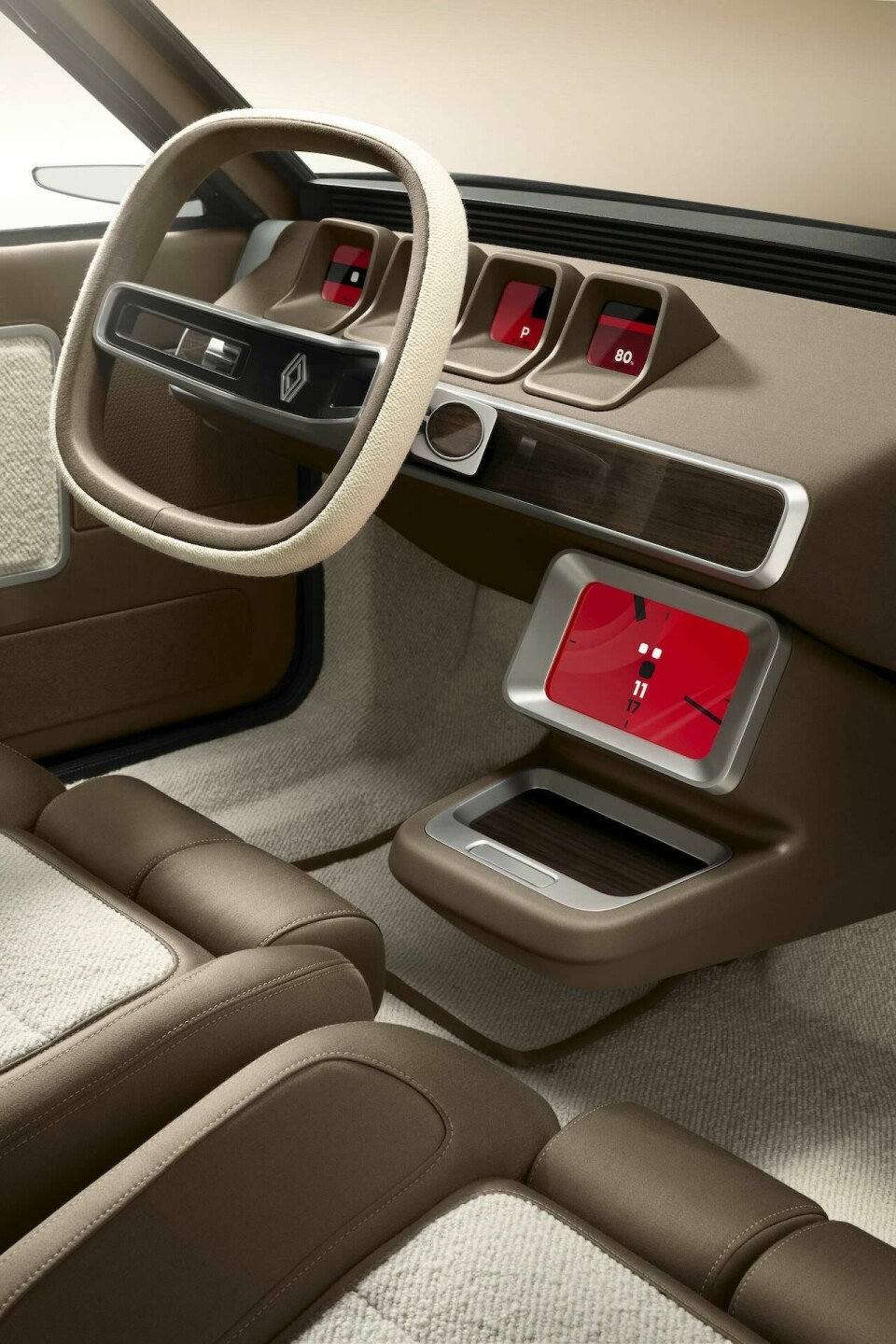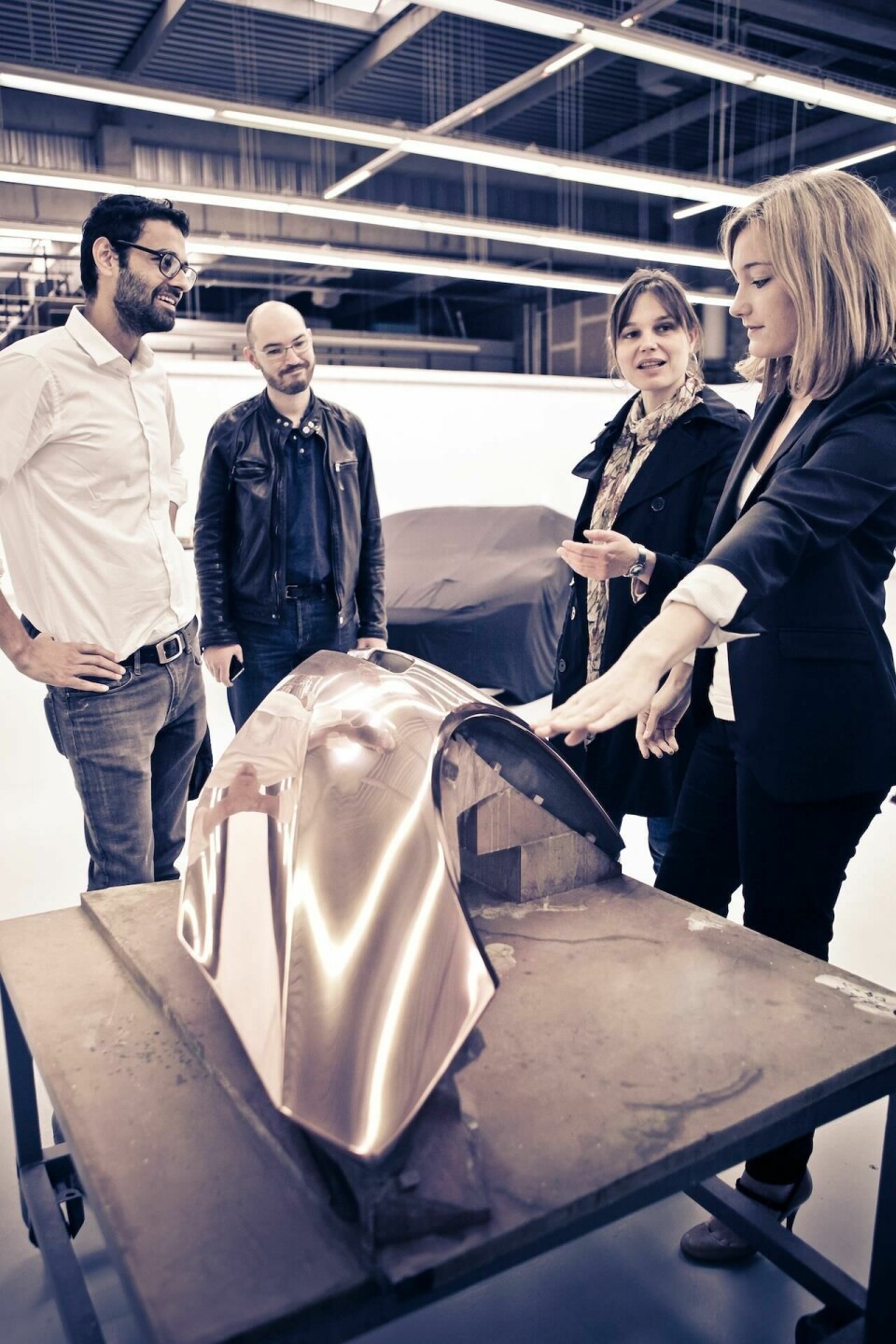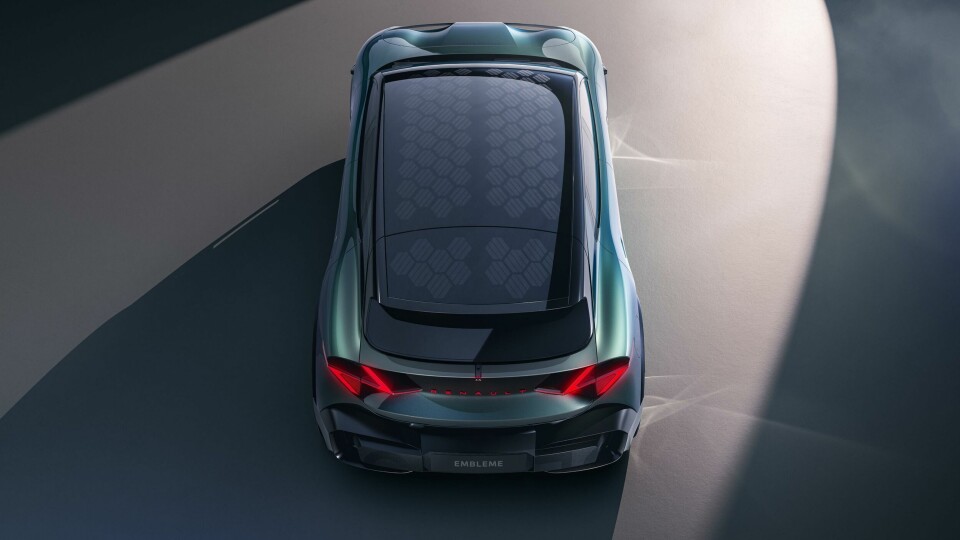
Should Renault thank Peugeot for its recent design success?
CDN’s exclusive Q&A with Sandeep Bhambra, Renault’s chief designer, advanced design and concept cars reveals all
Renault design is on something of a role at present, and in no small part due to two ex-Peugeot designers now high up among its ranks. The most obvious is design director Gilles Vidal, who was poached in late 2020 by Group boss Laurens van den Acker, but another important ex-Peugeot recruit was hired in turn by Vidal: Sandeep Bhambra, now Renault’s chief designer for advanced design and concept cars.
The designer graduated from Strate College in Paris in 2007 with some acclaim, his end of year degree project called ‘Jeevan’ even making it into a contemporary Car Design News report at the time.

Bhambra then spent the next three years at Tata before joining Peugeot in 2010 and working alongside Vidal for the next decade. Significant design hits within his Peugeot tenure included the exteriors of the 2012 Onyx supercar (detailed at the bottom of this article) and bike concepts and also the 2017 5008 Mk2 and 2019 2008 Mk2 production cars.
Since joining Renault in 2021, Bhambra has been super busy, with a trio of concept cars launching at the 2022 Paris Motor Show – the mainstay Scenic Vision, go-faster R5 Turbo 3E and 4Ever Trophy that previewed the Renault 4 production model. Next up was the 2023 Twingo E-Tech Electric Prototype exterior, followed by the early 2025 interior unveil, and which collectively preview a production car slated for 2026. Then in summer 2024 came the awesome Renault R17 electric restomod – designed in collaboration with Ora Itö – plus the CO2-slashing Emblème concept car and the dramatic-but-pragmatic Estafette van concept, both seen at the October 2024 Paris Motor Show.

Car Design News caught up with the enthusiastic and amiable 42-year-old at that event for an exclusive interview, and ended up discussing everything from stand-up van design, hydrogen viability and French philosophy…
CDN: What’s the extent of your advanced design role at Renault?
Sandeep Bhambra: The advanced design studio set-up here used to be group-wide. I think they used to do Alpine, Dacia and Renault design together. But when I came in with Gilles Vidal the idea was that every brand would have its own design studio and also its own advanced design studio. This brand-aligned structure helps each brand develop stronger.
CDN: Talk to us about the striking Emblème and its production intent?
SB: It’s based on the AmpR Medium platform, and has realistic proportions: 4.8m long, 1.86m wide and 1.52m high and a 2.9-metre wheelbase. It’s a C-plus, D-segment sized car. Everything has been industrialised already. We’ve been working on the project for two and a half years. We have a kind of skunkworks for creative and collaborative innovation inside Renault next to our advanced design studio, with a bunch of engineers that are super creative and come up with crazy projects. If we want, we can put this into production.
CDN: How is the Emblème’s powertrain arranged under that smart exterior?
SB: Packaging all of its technology was a big process. There’s a skateboard battery, but it’s only 40 kilowatts, half the size of the Scenic’s pack. That’s one of the ways we decarbonise. It’s placed underneath the front-row seats and goes all the way to the heel point of the second-row seats. Below the second-row seats we have the fuel cell, which is also very small, only 30 kilowatts – the size and power for a motorcycle, basically. Its only purpose is to recharge the batteries for longer journeys.
To charge it you need hydrogen, which is a very voluminous gas, and to make it a manageable volume we put it under pressure at 700 bars in a carbon fibre cylinder, in front of the driver’s legs, in the place that used to have an engine. It’s behind the front axle, but in front of the driver, to give us a nice ‘dash-to-axle’ proportion. The motors are at the back and we also have a ‘frunk’.

CDN: What about the current lack of hydrogen refuelling?
SB: There are a lot of [hydrogen-powered] Toyota Mirai taxis running in Paris already. To drive 1,000 kilometres, you just need to charge it twice with hydrogen, never electricity. You could leave your house charged with electricity and full of hydrogen, and then every 350 kilometres stop for five minutes to charge with hydrogen. But there’s a lot of work to be done on infrastructure. As a car company, we’re just showing our vision for an ecosystem.
CDN: You showed both the 2023 Twingo and 2024 Emblème without interiors [ed: since shared], almost like you ran out of money, time, or both?Why do that?
SB: We didn’t want to show the Twingo interior when we originally unveiled the exterior at a ‘Capital Markets Day’ event in November 2023 because the R4 production interior was not yet revealed and it’s based on the same platform. So it wasn’t the right time to show the interior. Same for the 2024 Emblème concept. Although it might feel like we were not ready, actually we did the exterior, interior and engineering at the same time. We are catching up with Chinese brands and want to go fast.
CDN: But with the Emblème pushing Renault’s ability to reduce its carbon footprint hard – and a significant part of that coming from new interior material choices – to not show a cabin seems strange?
SB: I understand as ‘storytelling’ that might feel incomplete. And you are right, the interior is a big part of our decarbonisation plan, but on this car we have three steps: the first is the platform, an electric powertrain with a range extender hydrogen fuel cell. That helps us go from emitting 50 tonnes of CO2 for an ICE car to five tonnes with this car [cradle to grave]. The materials used are important too. I’ll not state all the real supplier partners yet because that’s for another event, but we’ve worked with them. Everything we say is tested.
You might just see a design object with a yellow interior and a flashy exterior. But spend time looking at it and everything is super-functional
CDN: The Estafette van at Paris looked good too, can you explain more?
SB: In the 1960s and ’70s the Estafette was the name of a van that was very popular with French hippies and police, so it’s a big one for us.
CDN: The concept looks super-high in person though, almost too high?
SB: Yeah, but it’s made with a very specific use case. It’s 4800m long, 1950mm wide and 2550mm high. Why that high? So that somebody of my size, 1.90m tall with ‘security shoes’ on, can work upright inside. You load it up in the morning, then for every delivery just walk inside, open one door and deliver. You never open the back for the whole day, which keeps it secure. It’s really nicely studied. That’s why it’s so tall.
CDN: The yellow interior is eye-catching, but does it also hint at the use of mono materials – like one-colour plastics – to be more recyclable?
SB: Mono materials are things we have already talked about on the 2022 Scenic Vision concept and this van builds on that. So it’s part of that philosophy.
CDN: Has the front been thought through from an aerodynamic point of view? Because bluff-fronted electric vans don’t tend to perform well on range…
SB: This vehicle is designed to be electric. It will never be an ICE. It has a specific skateboard platform and is designed to be aerodynamic. That’s why it’s round in its corners. But vans have many use cases. Ones delivering across cities need great aerodynamics, but others just delivering inside cities [should] drive really slow, so aero is less relevant. Depending on the use case, they have different aerodynamic values.
CDN: I was talking to a French designer who mentioned a perceived lack of ‘philosophy’ in Renault design currently. It’s a very French thing to think deeply about design and the accusation was that Renault’s design now is too superficial. How would you answer that?
SB: We want to make sellable designs. Take the Renault 5, everything is functional in that it works really well – we even have a baguette carrier – but it’s styled in a way that doesn’t alienate people. Sometimes when we make designs for designers – which we’re very good at doing in France – we alienate the buyer because we make too much of a niche product. Sometimes designers get it really right, like with the first Twingo, or the first Mini, which were incredibly well-packaged designs.
CDN: So will the production Estafette be a similar mix of form and function?
SB: The Estafette van concept has exactly that thinking because although the interior is yellow and bright, it’s really functional and we spent a lot of time making it actually useful.
Why for example is it this tall? Because people need to stand up and work inside. Why is it narrower at the back than the front? Because it has a [protruding front] sliding door. When you first see the Estafette concept, you might just see a design object with a yellow interior and a flashy exterior. But spend time looking at it and everything is super-functional.





















